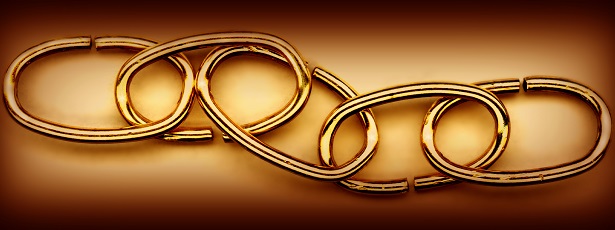It’s no secret that earning backlinks and creating a link portfolio isn’t easy. Not only do you have to do your keyword research and figure out where you’re going to link and with what anchor text, but you need to network in order to get those links placed on another website, and above all else, you need to write for readers and not for link building/ SEO. Therefore natural links are certainly best, but sometimes you need to give your company a little push. One of the most popular ways to make this happen is by guest posting. In other words, you write an article, pitch that article to a few different websites in your industry, and then earn your backlink. The tricky part here, however, is where exactly you’re going to earn that backlink.
There are essentially two different places and ways that you can earn a backlinks from a guest article: In the copy of your article or in the author bio box at the bottom of the article. It’s important businesses understand how these links differ when it comes to your SEO and the reputation those links have with Google so you know what to strive for in your writing. Are links in the copy more authoritative than links in an author bio box?
Why Links In the Copy Are More Desired
Links within the copy of the text hold more weight in the eyes of Google because this is what most websites prefer; therefore making it harder to earn a link within the content of a post. According to Search Engine Journal, most bios tend to be promotional, and therefore Google is starting to catch onto the fact that there are guest bloggers out there who manipulate the system. Below explains this in further detail:
- Self-Promotion: Links back to a company website in an article written by that company can sometimes come off as self-promotional. Websites want the great content on their site and they want to give credit to an author, but an author bio does that without risky anything sounding spammy.
- Editors Have Control. Google knows that editors have control over what links go in a piece of content. If the editor doesn’t think the link within the text is too self-promotional for their website, then it’s probably quality.
- Natural Links. Of course, we can’t forget that natural links are found in the body of a piece of text. In other words, this is where Google will see links that could come from someone who wasn’t associated with the company. That article might not be a guest article, but rather just someone citing your website because it’s quality (this is the ideal way to build links).
Of course, links in an author bio are also better than nothing. You are getting credit for your work and those links will be dofollow so you will get the SEO credit. Although it does alert Google that you’re publishing a guest article, it still says something about your company. You’re going out and trying to build links by offering quality content, and that’s a good thing. Even nofollow links are still worth your while, which you can learn more about here.
How to Earn More Links In the Body of Your Guest Articles
The best thing you can do to earn more links in the copy of your guest articles is stay relevant. Make sure that any links you include are actually helping readers and make sense within your article. You should also try to include no more than two so that you do not appear spammy, and always make sure to check the guidelines on a website before submitting a guest article. If the guidelines say that you cannot put links in the body, but happy with the links you get in an author bio box and don’t even try it. You can also visit this article to learn more about how you can actually ask for back links and find success.
Are you a blog that allows links within the copy of a text? A writer who has had to deal with this issue? Let us know your experience and what you think about the two different types of linking in the comments below.
